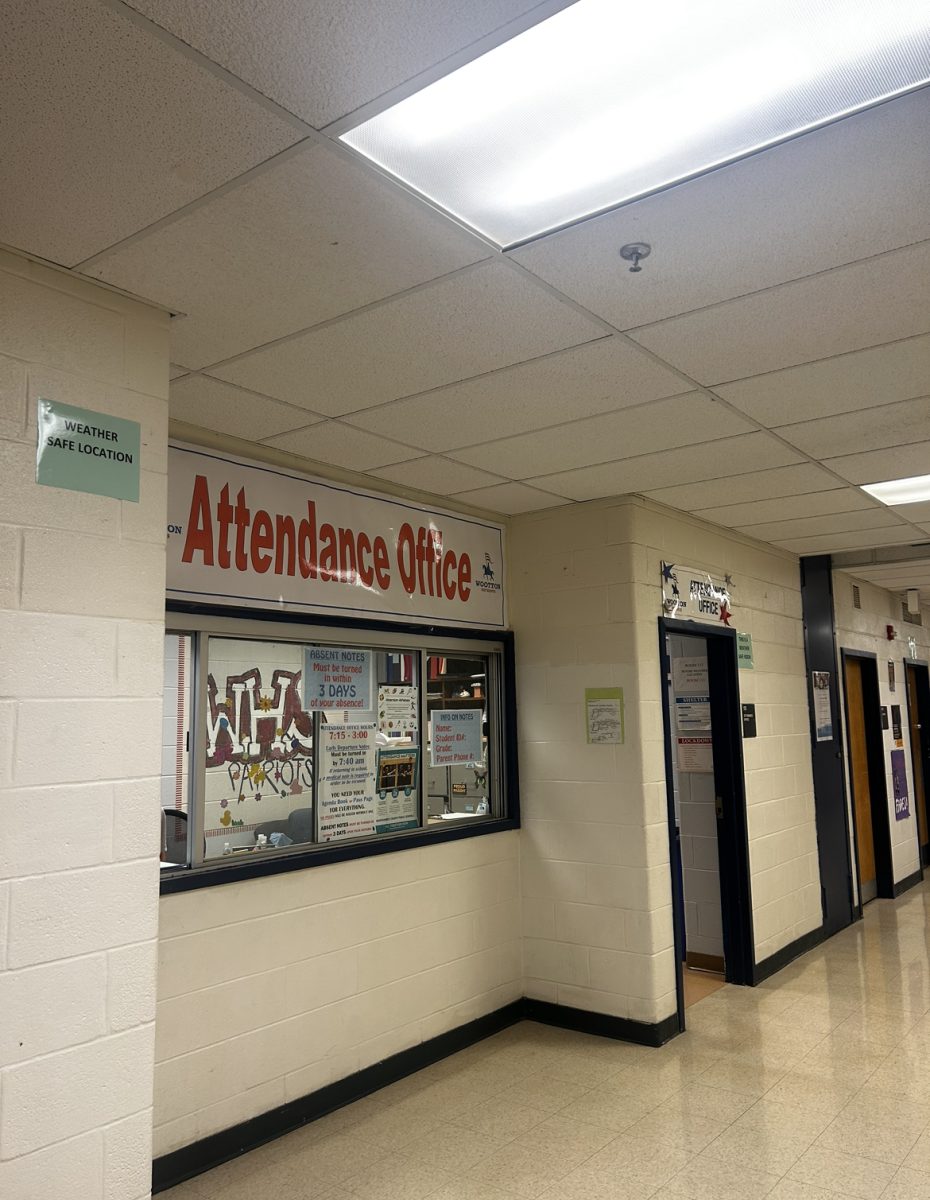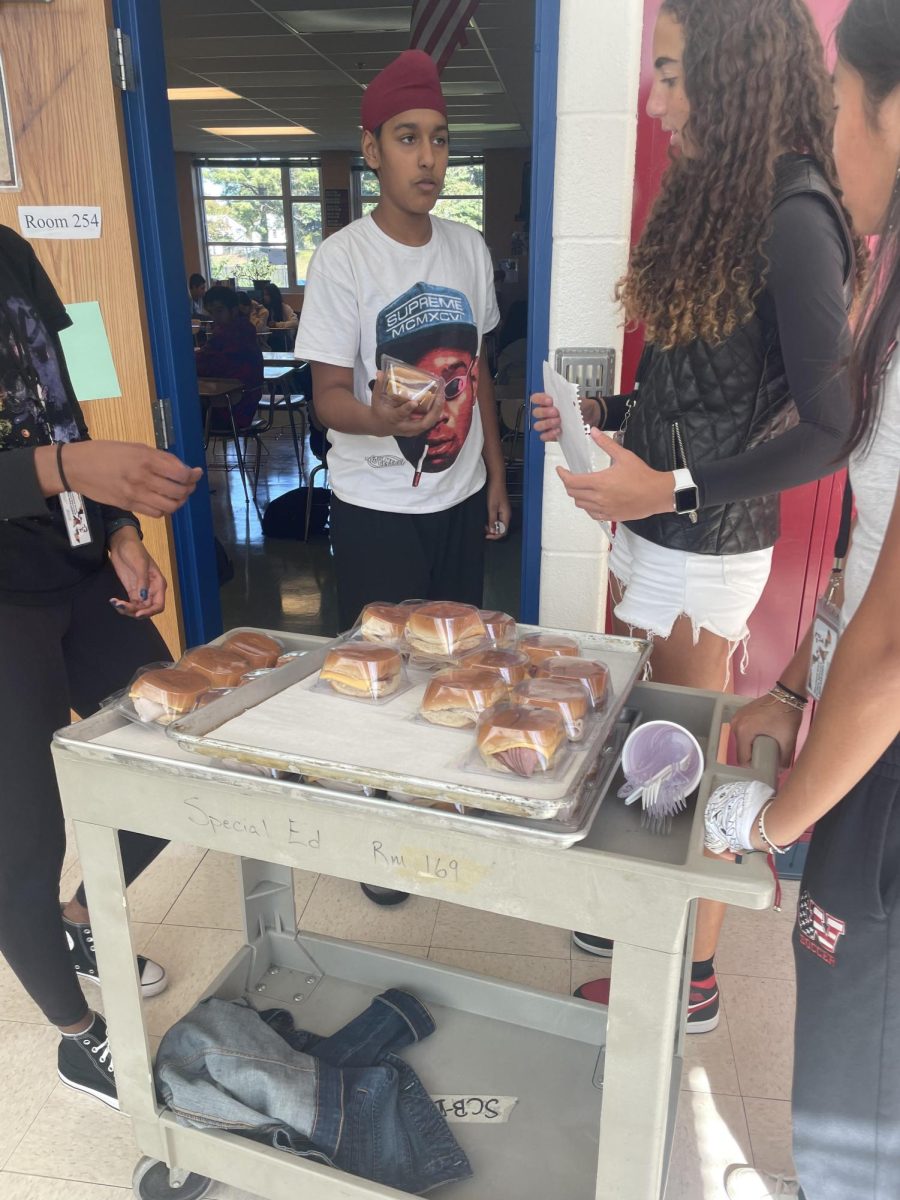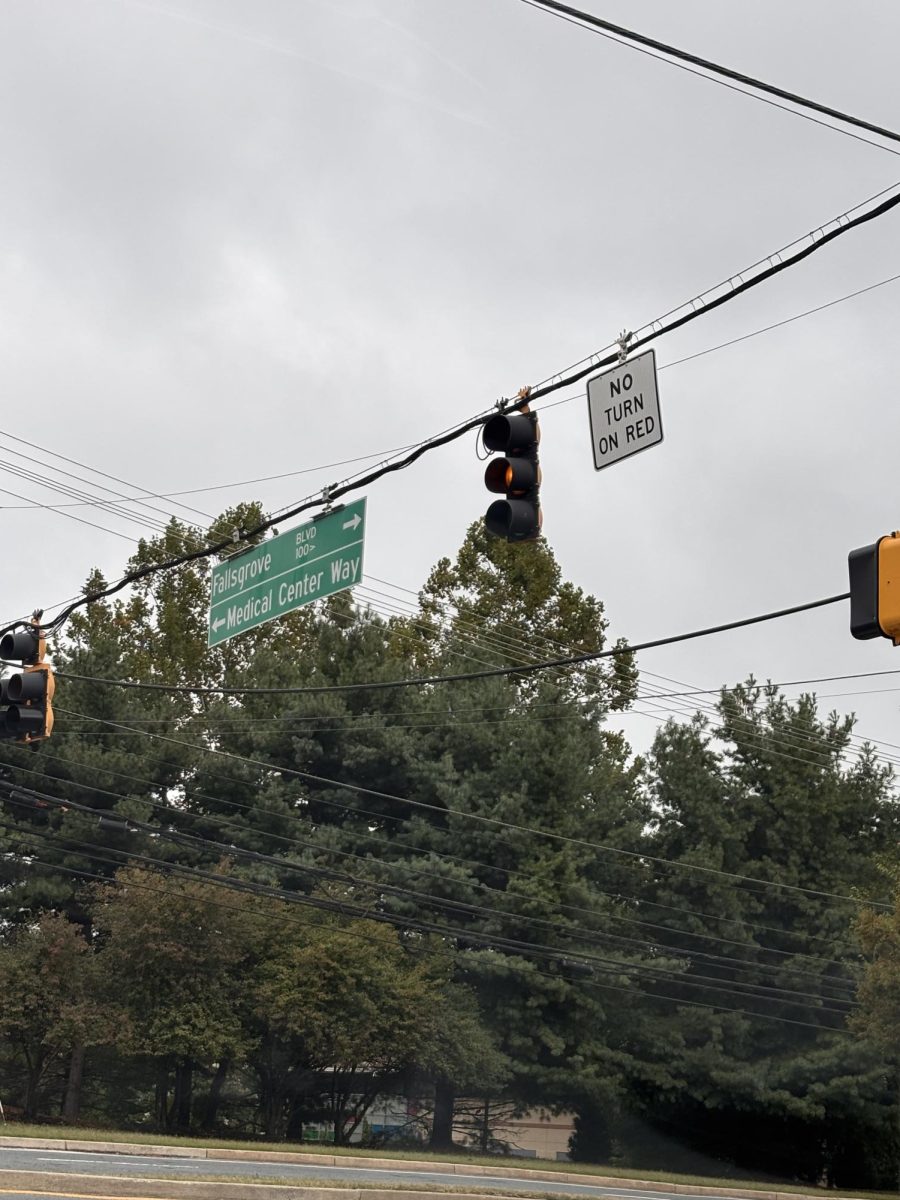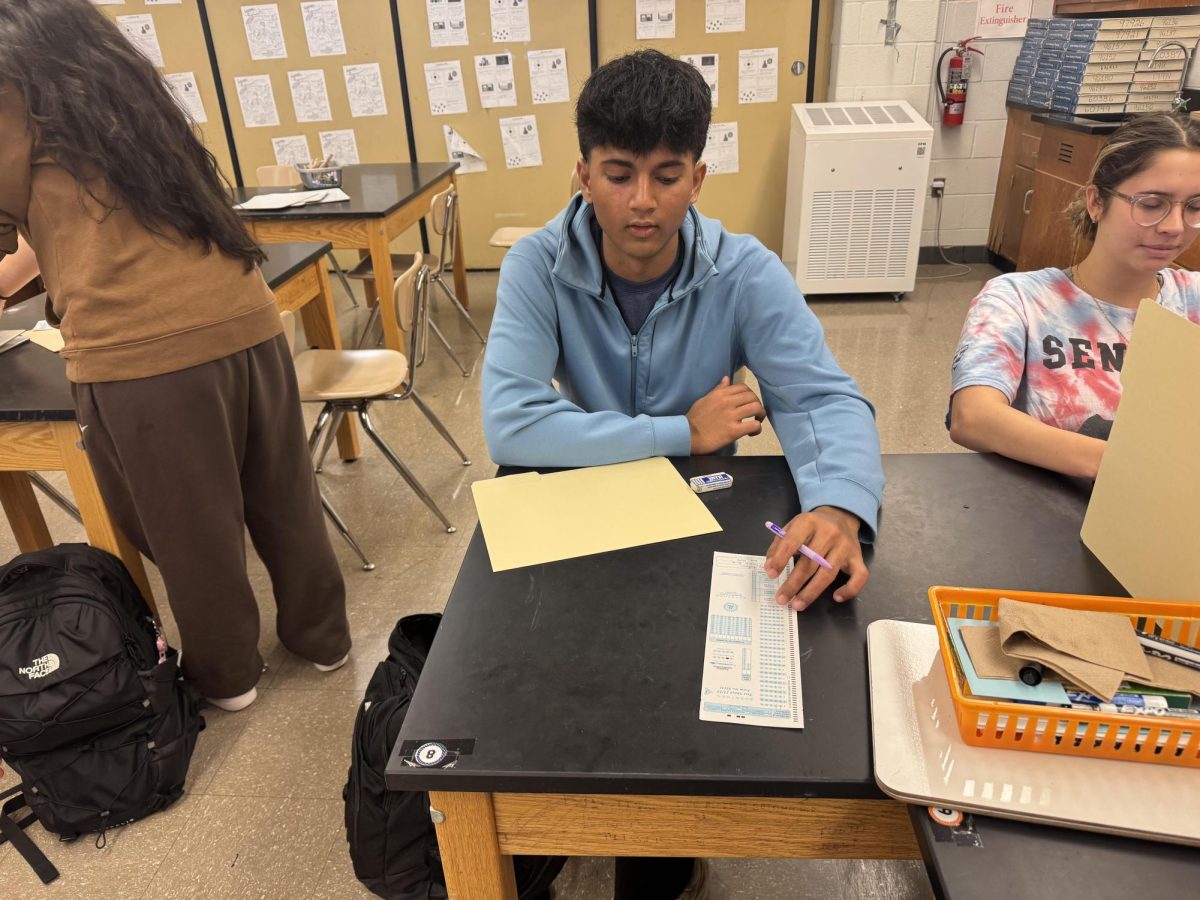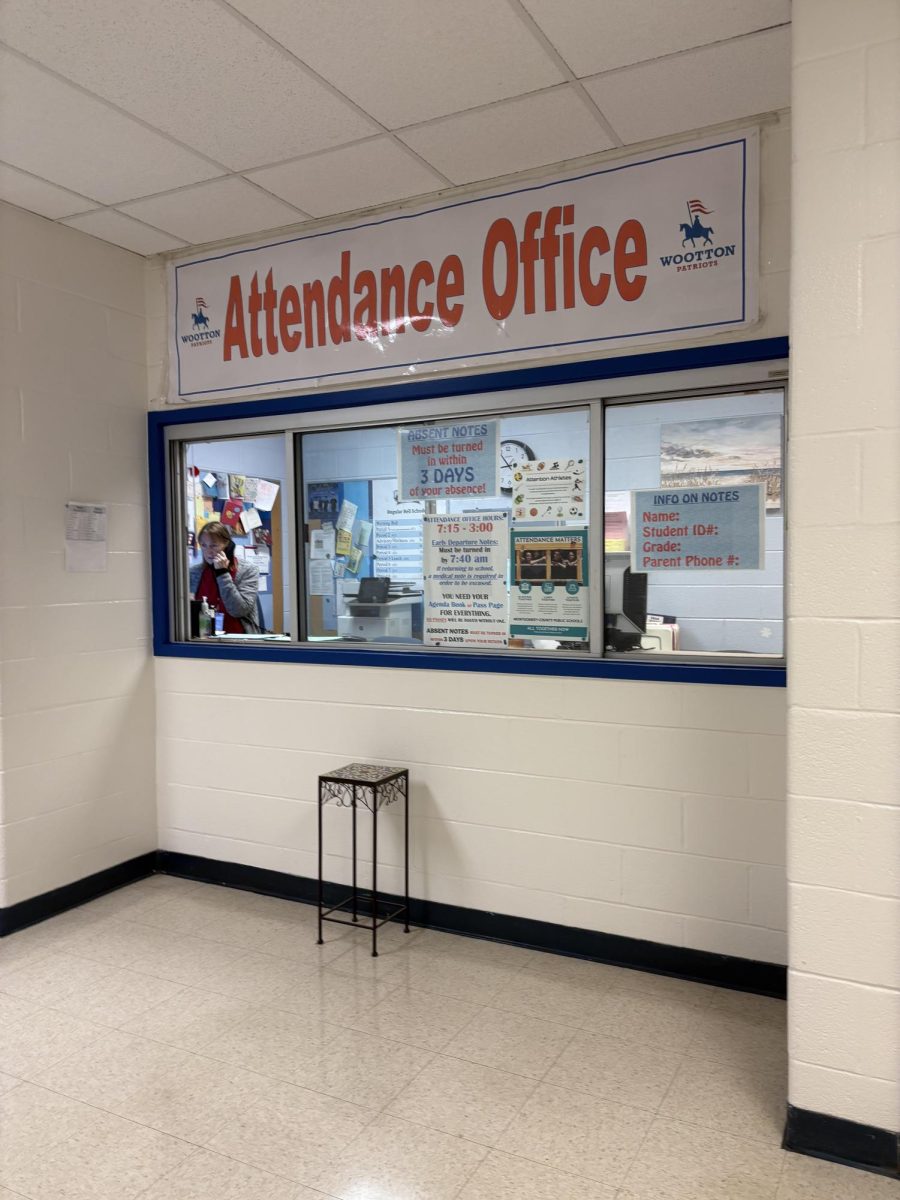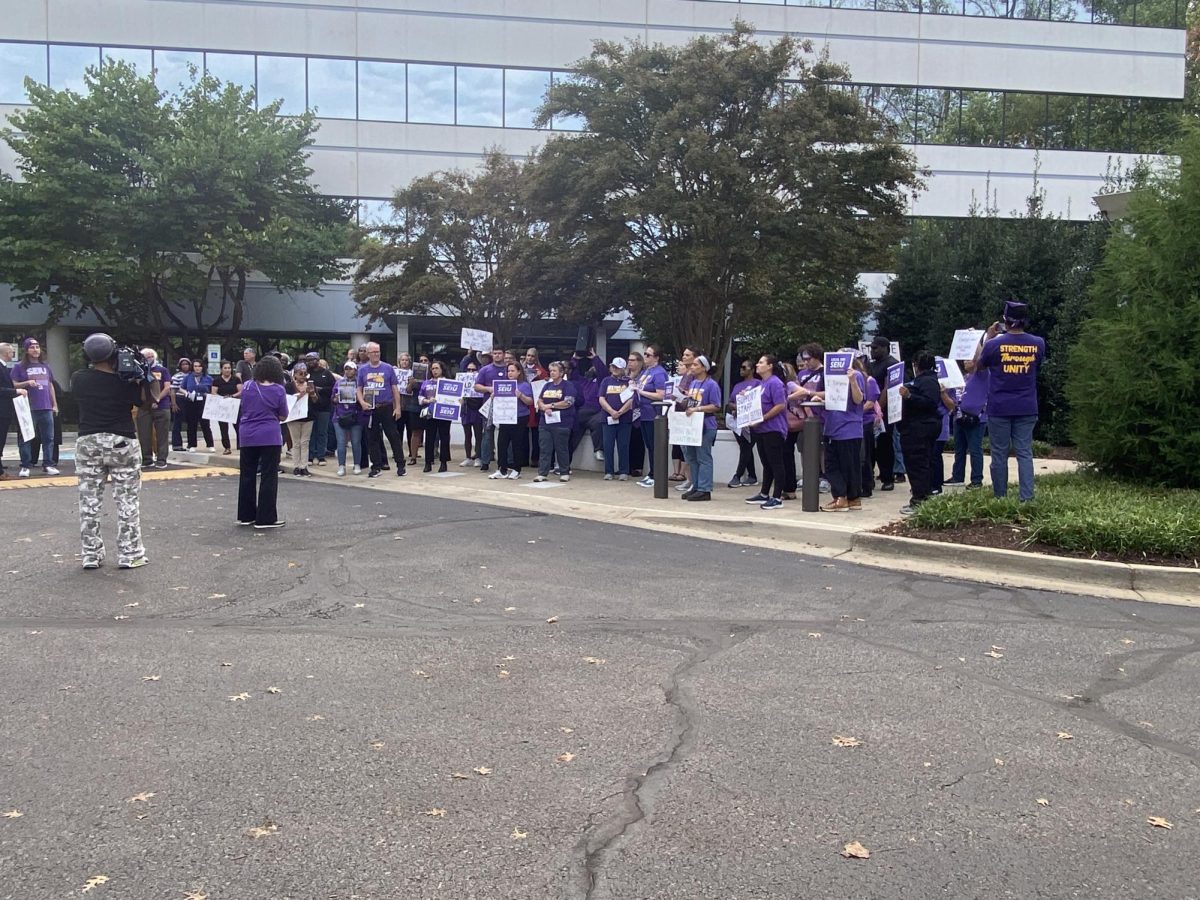The late bell rings and teachers are stuck using the beginning of class time to take attendance, marking the names of the students who did not show up to school. Students and teachers alike have grown accustomed to their class sizes fluctuating as a result of student absences.
Since the Covid-19 pandemic, skipping habits have spread to student bodies across America and absences have skyrocketed. According to a New York Times’ recent study, there is a large share of students in almost all school districts throughout the country who are chronically absent. “Chronic absenteeism is defined as missing 10 percent of a school year,” Nat Malkus said in his study of national school absences with the American Enterprise Institute.
According to the American Enterprise Institute, the 15% rate of chronic absenteeism in 2019 has shot up to 26% in 2023. Montgomery County, in particular, had an 18% rate of absenteeism in 2019, which has increased to 26% in 2023. In this school, the number of annual absences was made available, however students and staff infer from anecdotal evidence that it corroborates the rates seen in the county and the country.
Principal Douglas Nelson sends out a community-wide weekly message, and always ends with a statement that highlights the importance of attendance. “Regular daily attendance is expected. It is critical to a child’s academic success. Parent/caregiver support of regular daily attendance is essential,” Nelson said in the most recent message.
What are the causes for these statistics? For one, online school opened a door to a new and widespread learning style that has yet to close. Students and parents rely on their newfound comfort of remote learning, disregarding the previously strict schedule of being at school promptly by 7:45 a.m., hence lowering the number of school days students are in attendance. “Kids are more apt to skip school nowadays because some kids have transportation challenges on the way to school, but other kids think they can get away with it because there isn’t as much discipline. I also think the absenteeism got worse after Covid because of stress and anxiety,” counseling department secretary Amy Smith said.
This relaxed attitude toward attendance is hindering the recovery from the learning gap caused by the pandemic. That learning gap is seen in academics, and also in social-building skills important for post-school paths. Kids are experiencing anxiety and stress from overwhelming course loads. Also, kids tend to skip school when they feel behind in their work. “There’s two reasons why coming to school is important: one is obviously the academics. It’s much harder to catch up once you’ve fallen behind, and you also might start to feel anxiety if you get too far behind and have the thought of having to catch all that work up. The second thing is social. It’s important to come to school and be around your friends and have that daily interaction,” attendance secretary Marie Vincenty said.
Conversely, occasional excused absences can be beneficial. MCPS has allotted students with excused absences for mental health days. This is a step toward supporting students’ mental health and offering options that still adhere to the rules. “We had a big uptake of mental health notes. I had very few before Covid, but now we have a lot of mental health breaks. There’s no specific limit because mental health is equivalent to medical health. As long as you are out for three days or less, I don’t need a medical note, but if you’re out for more than four I do. It’s included with your regular illnesses,” Vincenty said.
It is vital that the misconception around keeping up with school work from home is reversed, according to MCPS. The county and school attest that families and students alike must recognize that persistent absence from school has unwavering effects on both classroom efficiency and individual productivity. Students here know that it is hard to keep up with the rigorous course load this school provides when students miss even one day of school.
There does seem to be a slow, but evident recovery. Almost four years after the beginning of Covid, the severity of absences is on a decline. “I also do see an improvement with attendance. It’s starting to come back around where people are taking more care about their attendance. I think it was hard coming out of Covid getting back into the hang of things. It took a couple of years for people to actually be mindful about it,” Vincenty said.


